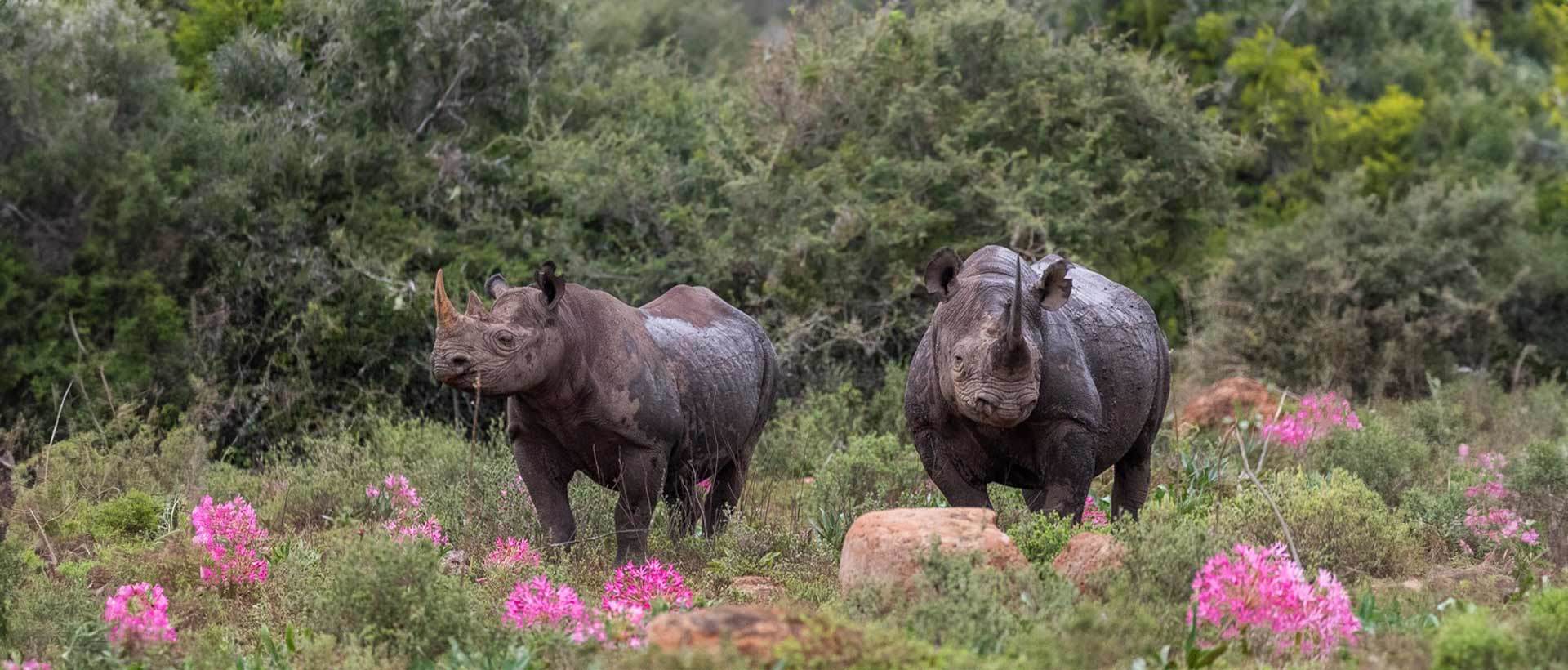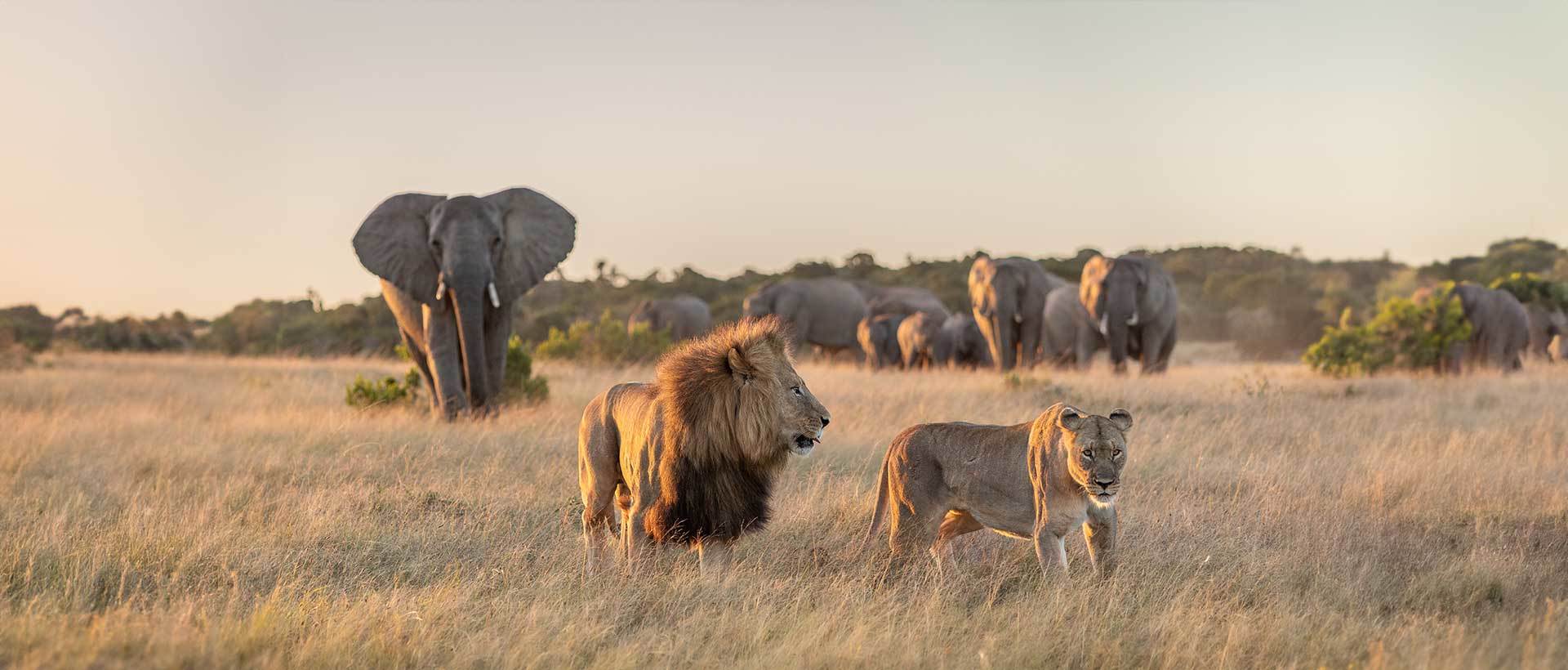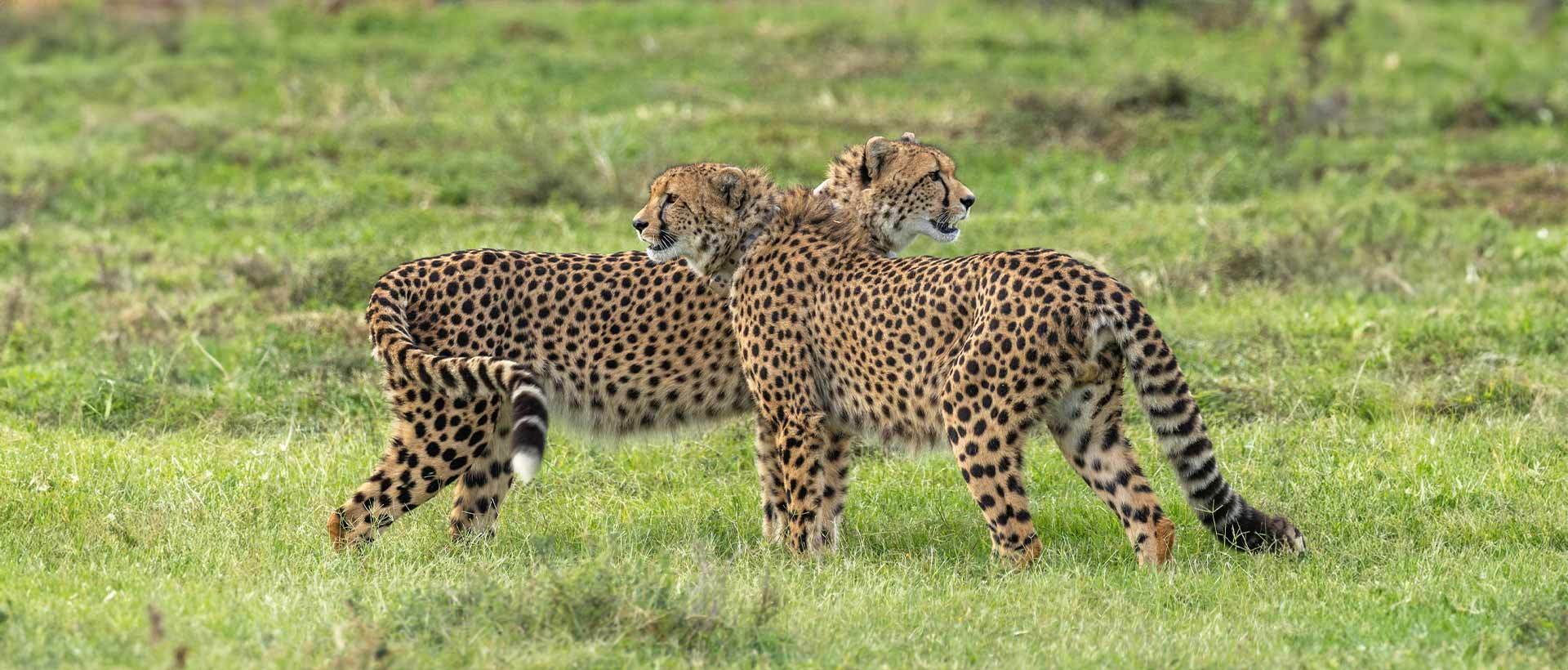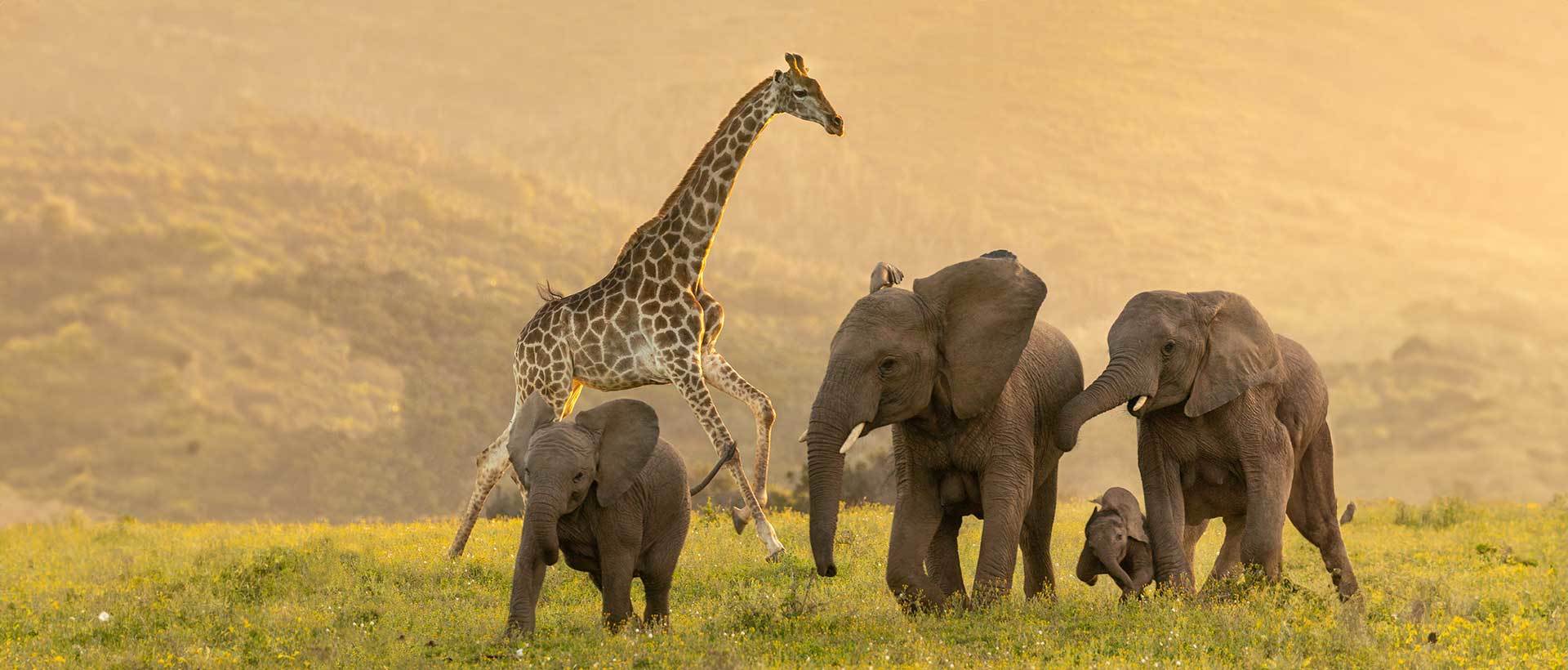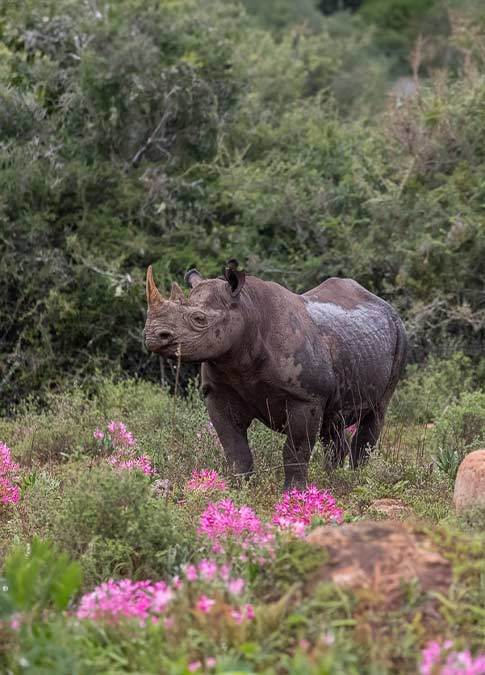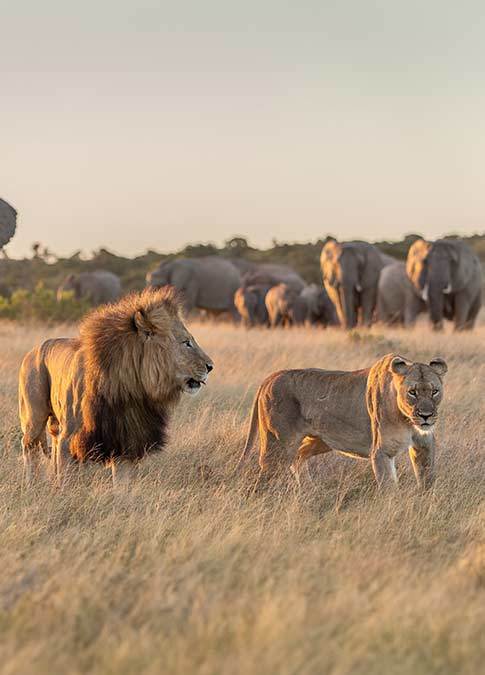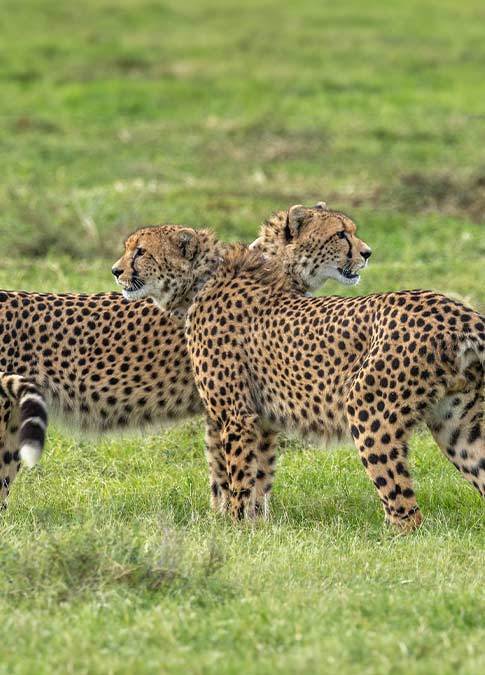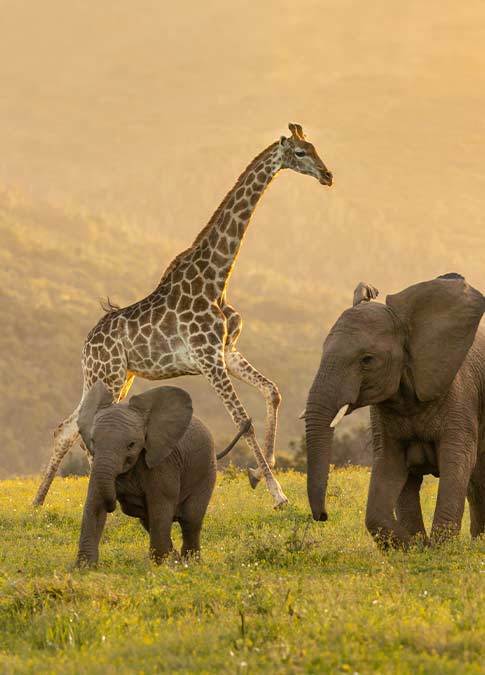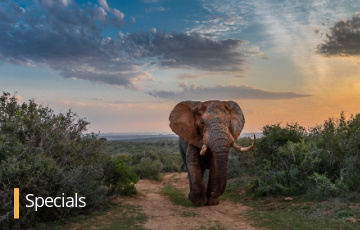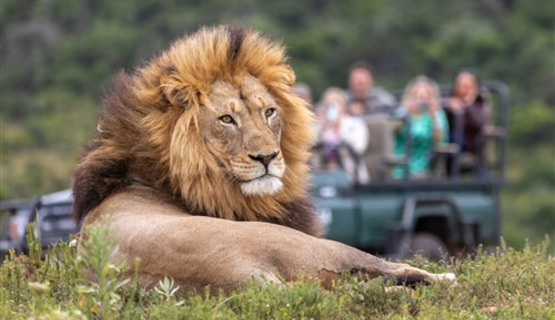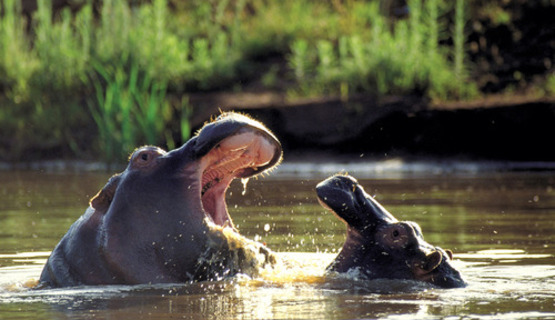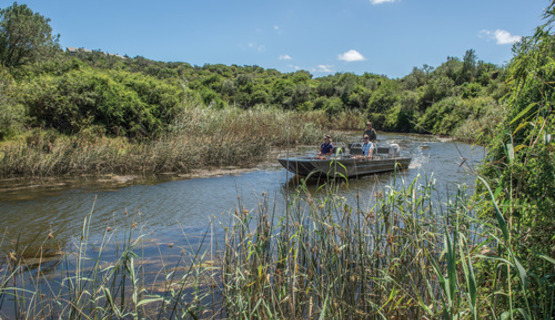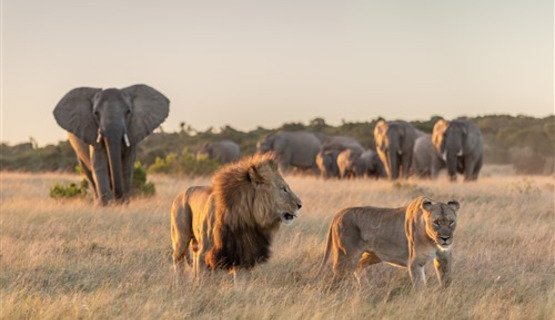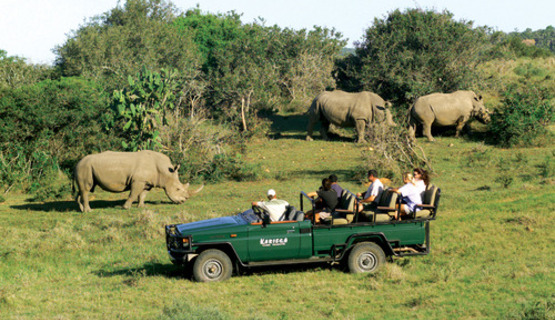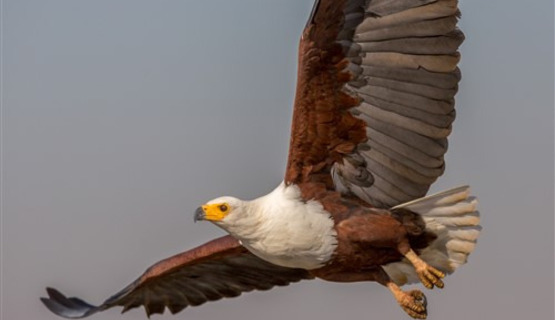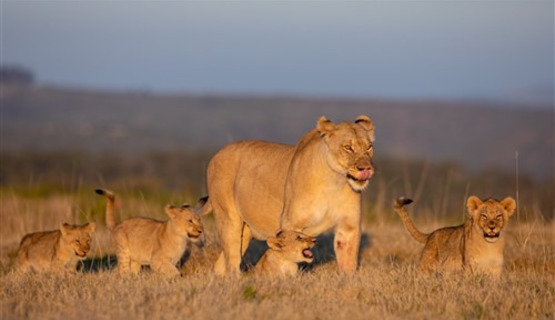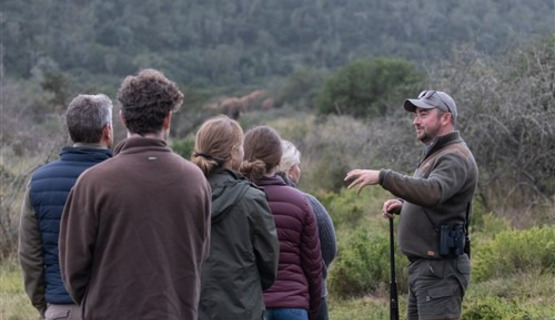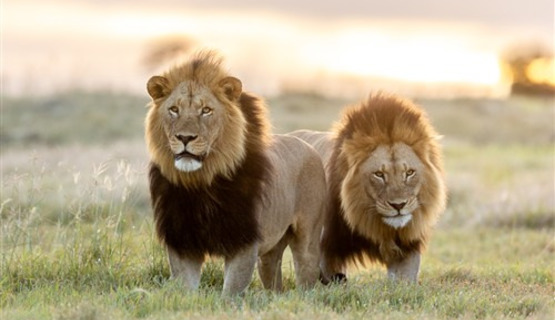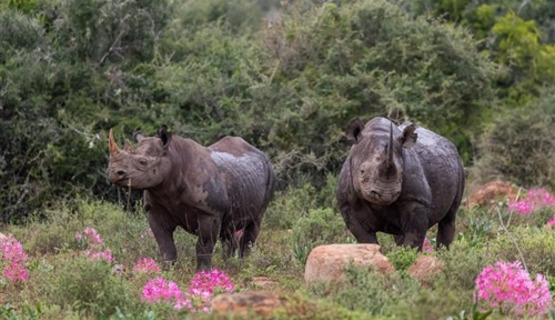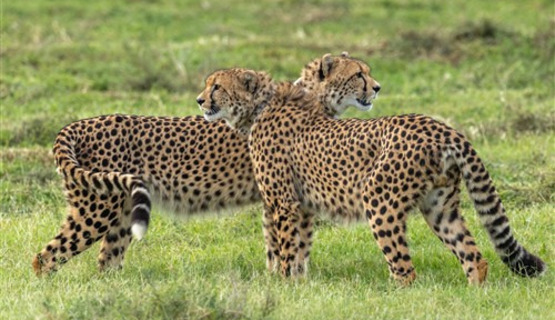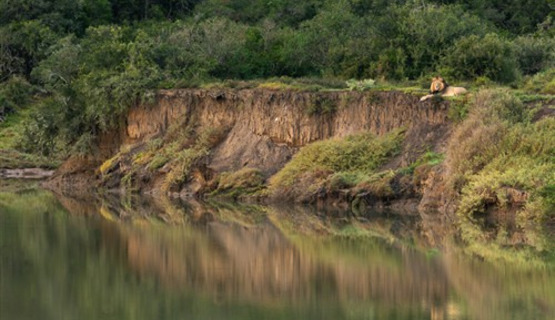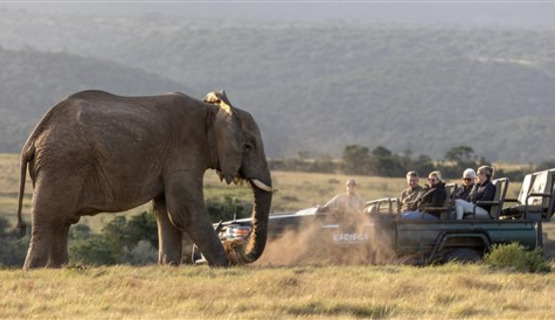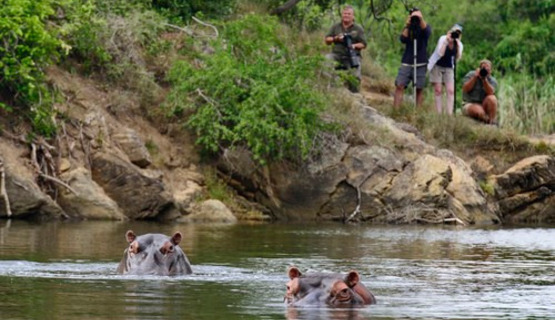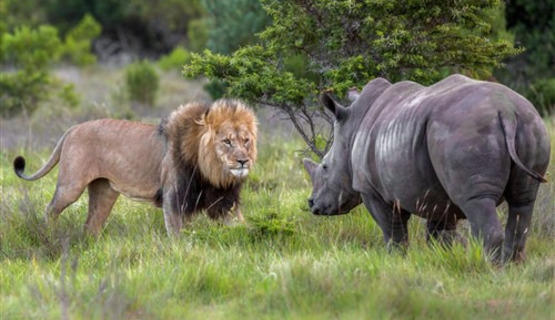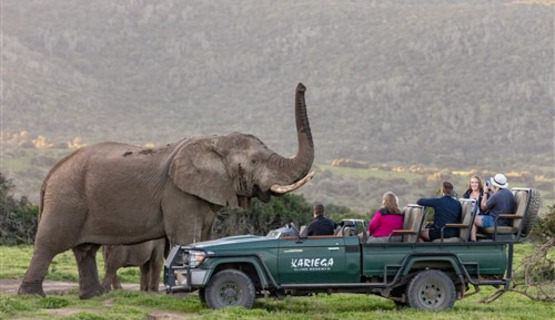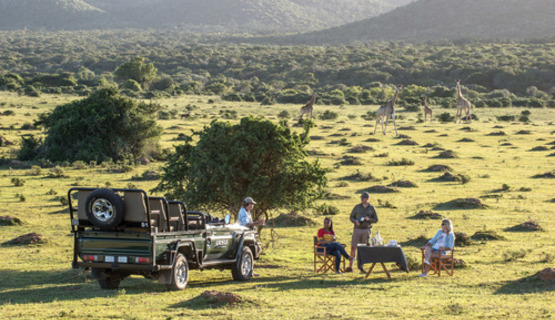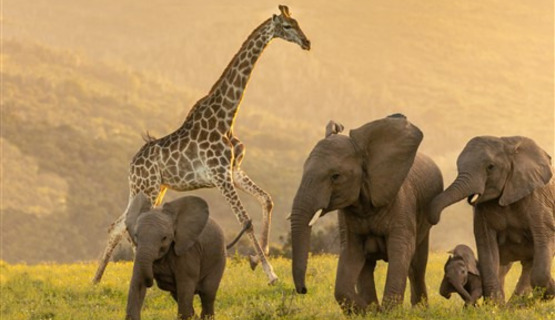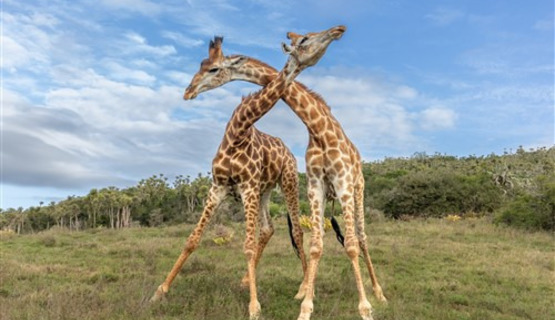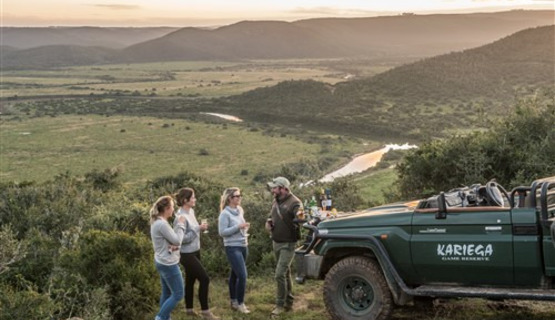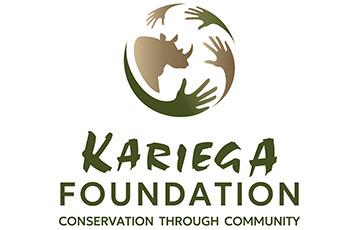Kariega's Wildlife History
In the 19th century most land in the Eastern Cape was used for stock farming. Fearing for their families and livestock, settlers living in the area began hunting and exterminating the surrounding African wildlife – a practice which continued well into the 20th century. Needless to say many indigenous animals became greatly endangered and in some cases, close to extinction. In any event, most were completely wiped out from the Eastern Cape.
In the last few decades there has been a radical change in the attitude toward wildlife conservation. Initially concerned with the preservation of trophy game for the sport of hunting, wildlife conservation has recently become inseparable from the ethical argument for the inherent value of all living things. This shift has been coupled with an increase in private game reserves across the continent, not excluding the Eastern Cape. As such, Kariega Game Reserve has joined in the large-scale reintroduction of indigenous species into the province, and is gearing itself against unsavory hunting practices that still persist in the province.
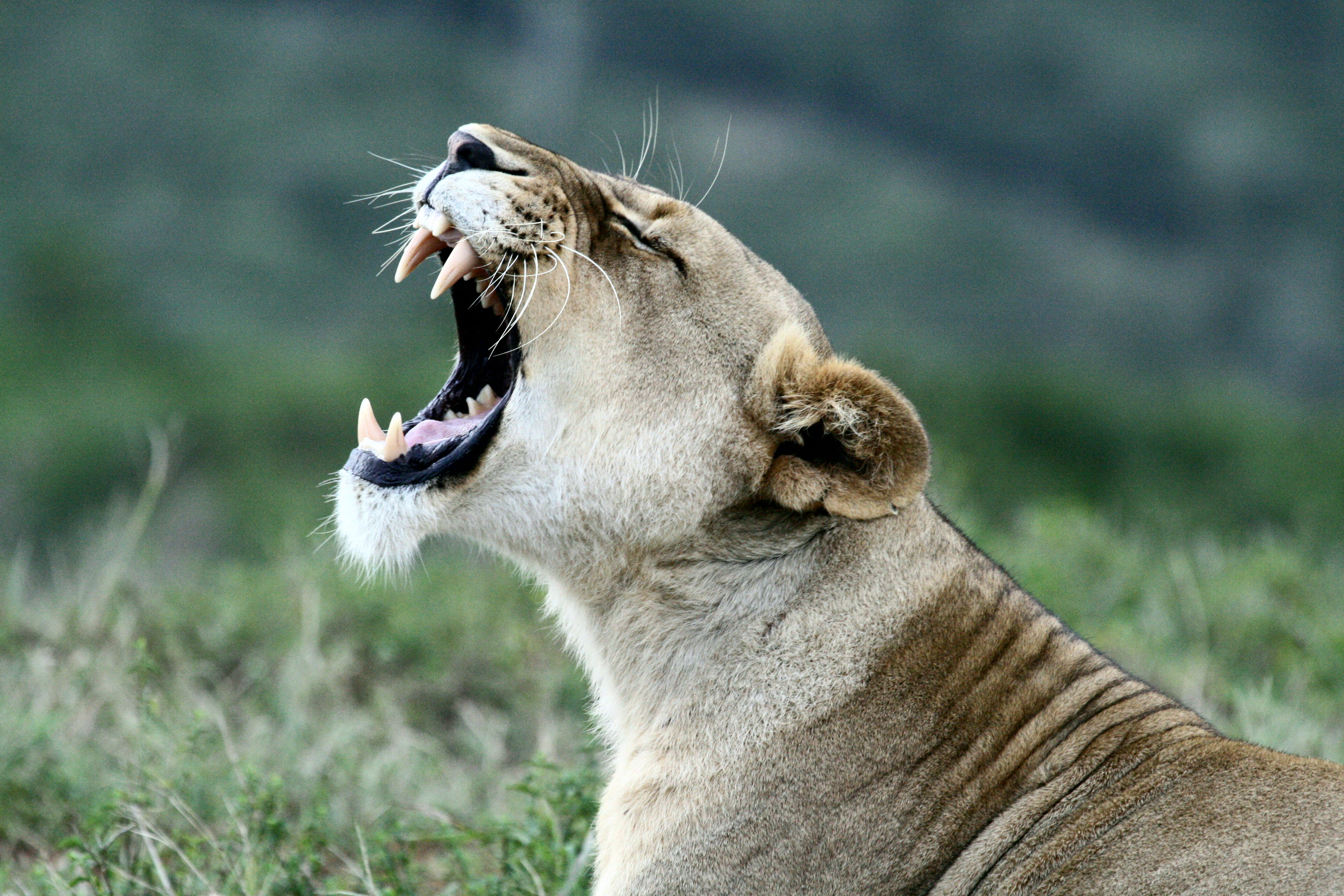
Before the 1820 Settlers arrived there had been numerous sightings of lion in the Eastern Cape, however by the 1850s they had been exterminated completely from the area. Despite their early disappearance, the re-introduction of this magnificent large cat predator into the Eastern Cape has been an auspicious success. In May 2004, when Kariega completed the introduction of the Big 5, two magnificent breeding males arrived from the Kalahari region, as well as a pair of sisters from the Highveld region. Since then the lions have thrived.

Since the 19th century the Cape leopard has been extensively hunted, and targeted in particular due to frequent attacks on livestock. This persecution has continued into the 21st century with snare entrapments littered throughout the Cape. In addition there still exists a black market demand for live leopard as well as for their prized skin. This foul treatment has pushed a naturally elusive species to the rocky outreaches of the Cape where they have managed to survive unaided. Although the Cape leopard has endured, numbers have dwindled to dangerous proportions and the persecution is relentless. There are currently numerous organizations in the area that seek to protect this magnificent creature from extinction, and Kariega Game Reserve has been more than happy to aid in this endeavor. Leopard activity on the reserve is closely monitored so as to understand more about conserving this endangered creature.

In the 19th century the presence of elephant was deemed incompatible with human settlement and livestock farming. That, and their prized ivory tusks meant that elephant poaching in the previous century peaked to dangerous proportions. In 1931, when only 16 elephant remained in the area, Addo Elephant National Park was established. The Eastern Cape now prizes elephant as a main attraction and there are many reserves in the area which provide sanctuary to this incredible species. In 2004 when the first herd arrived at Kariega Game Reserve from the Highveld area, they patrolled the northern borders every afternoon for a year, searching for a way home. This heartfelt display of loyalty and aptitude sharply indicates the value of conservation as well as our ethical duty thereto. The herd has since settled in well, thriving on Kariega’s abundant bushveld, and pursuant to the introduction of breeding bulls they have reached healthy numbers.

The number of white and black rhinoceros have decreased significantly in the last 10 years or so and are now endangered. The main reason for this dramatic decline is increased poaching to obtain rhino horn which is believed to have medicinal properties. Despite the fact that it is made up of nothing more than keratin (which also makes up hair and fingernails), rhino horn is sold openly in pharmacies across Asia. Both black and white rhinoceros have been introduced into the Eastern Cape, including at Kariega Game Reserve, in an attempt to provide safe refuge and stabilize numbers.

Despite their extermination from the province in the early 20th century, buffalo have been successfully re-introduced into the Eastern Cape and Kariega Game Reserve is currently home to a growing herd. As part of the Big 5, buffalo are considered a trophy hunt, but thankfully they are not endangered and exist abundantly in many areas of Africa.

Arriving in 1991, zebra was one of the first species to be introduced at Kariega Game Reserve. This gentle grazing species has grown to abundant numbers on the reserve.
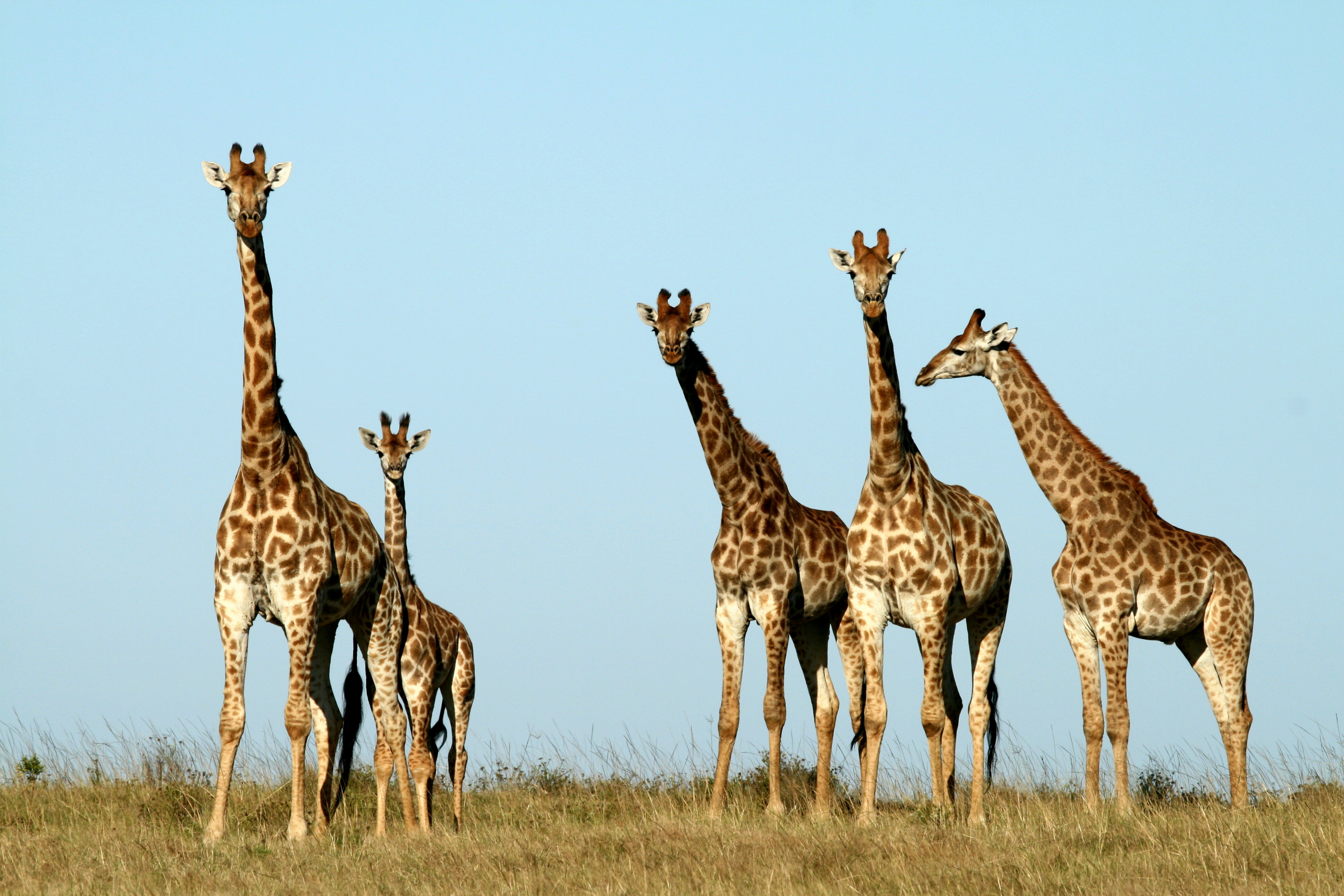
Giraffe were successfully introduced to Kariega Game Reserve, also in 1991, and they are thriving. These browsing herbivores thrive on the lush Eastern Cape thicket and impart an extremely gentle and elegant presence on the low lying plains of the reserve.

The records of hippo in the Eastern Cape are sporadic due to the hippopotami dependence on river habitats, which are in turn dependent on water supply. The occurrence of rain in the Eastern Cape is itself sporadic at best, and coupled with the hunting patterns of the 19th and 20th century, this explains scarce documentation of sightings. However with two full rivers, Kariega is the ideal habitat for this archaic species.
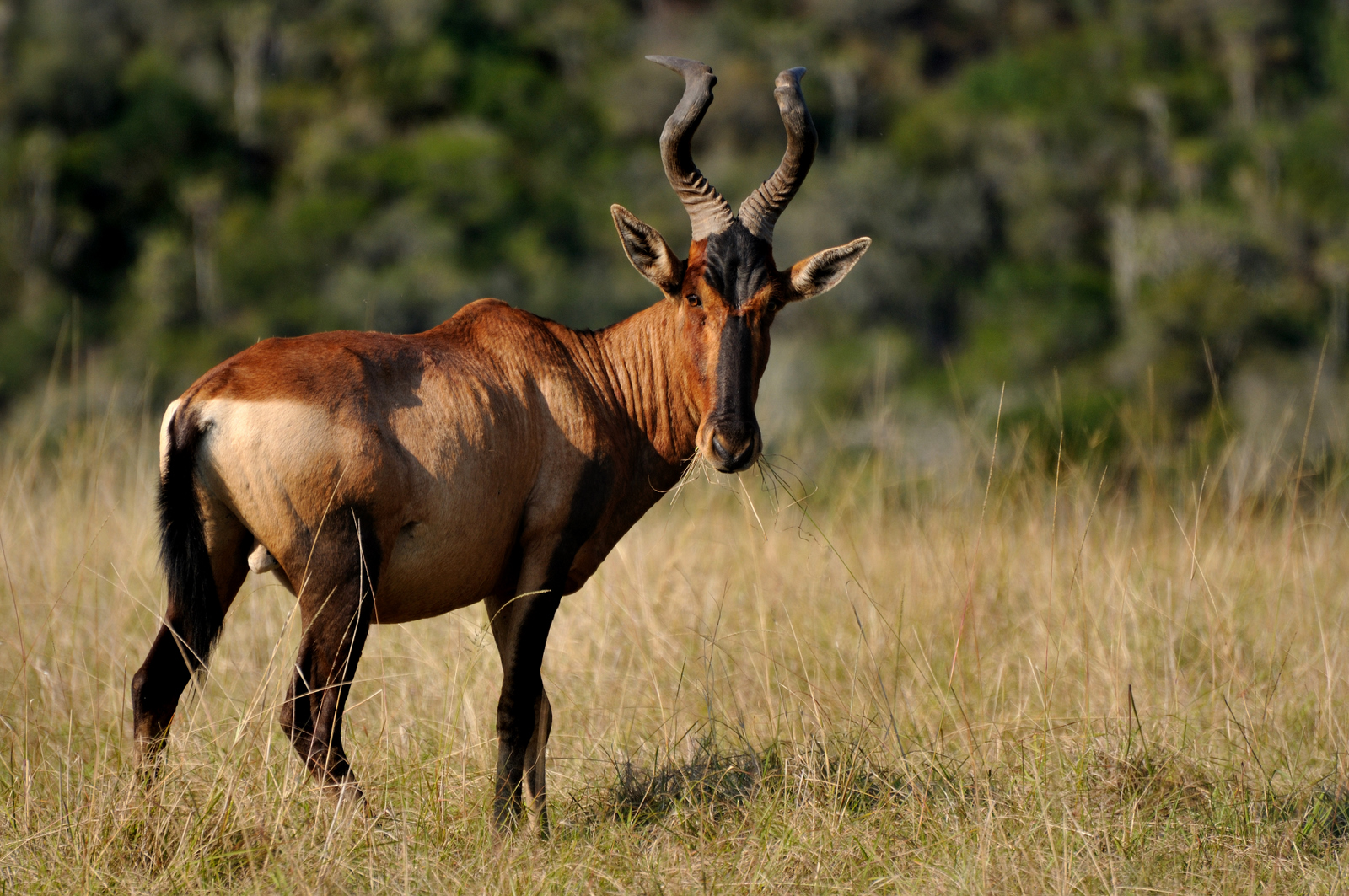
In 1989 the initial 660ha of Kariega Game Reserve was home to impala, blesbok, Cape grysbok, bushbuck, duiker, reedbuck and springbok. In addition to this, Kariega has since re-introduced kudu, nyala, eland, oribi, waterbuck, blue wildebeest and red hartebeest. Unfortunately it is sometimes the case that uncontrollable circumstances prevent successful re-introduction. Our springbok, for example, did not survive probably owing to their aversion to parasites and ticks found in the dense thicket of the Eastern Cape.
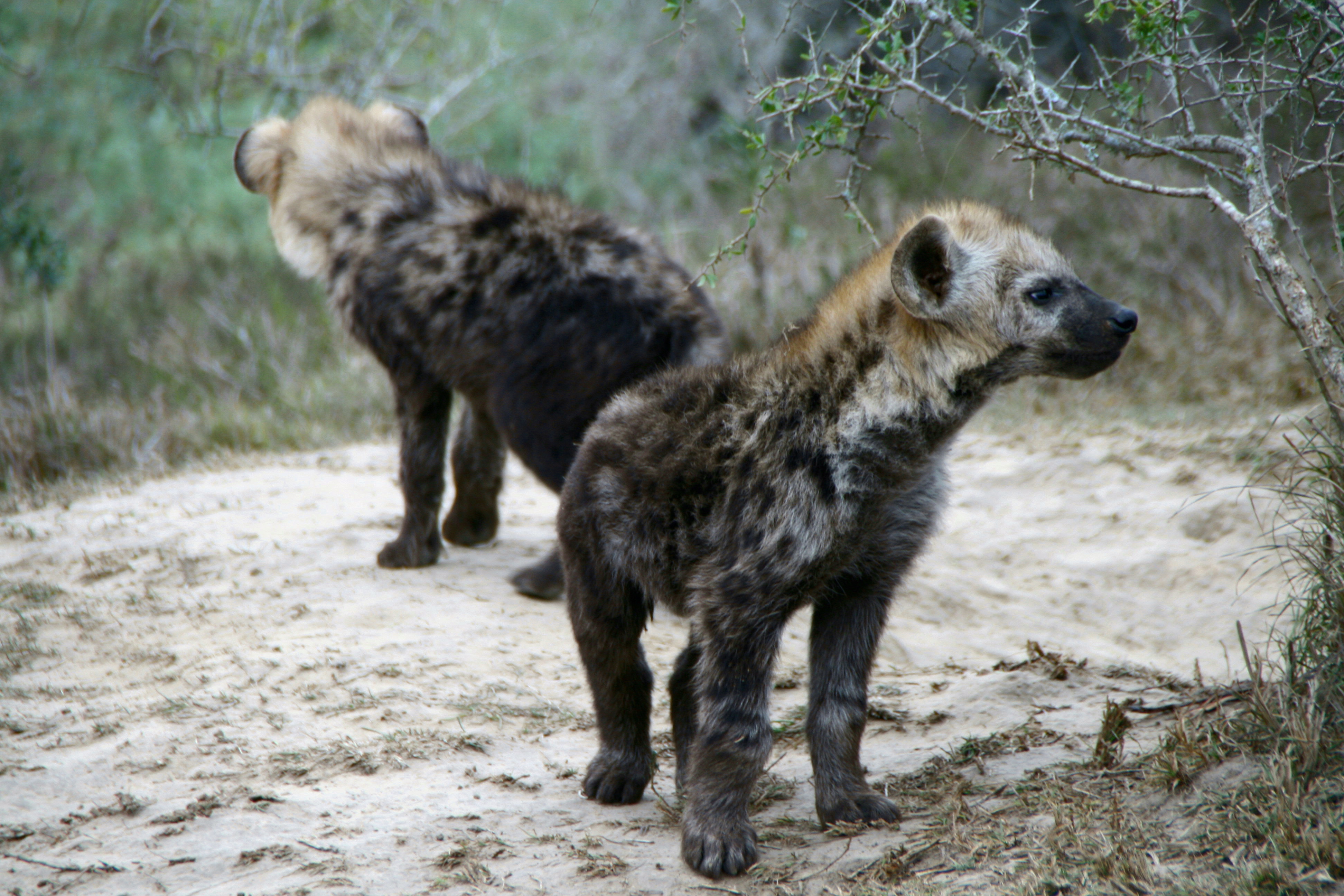
Kariega Game Reserve ecology hosts a variety of wildlife, most of which has persisted in the Eastern Cape over the centuries. Wild cat, lynx, hyena, jackal, genet, bushpig, warthog, baboon, monkey, aardvark, otter, honey badger and porcupine are some of our residents, to mention just a few. Kariega is bordered in the east and west by two magnificent rivers, a delight for birdwatchers who will have the chance to view an abundance of birdlife including the magnificent African fish eagle.
